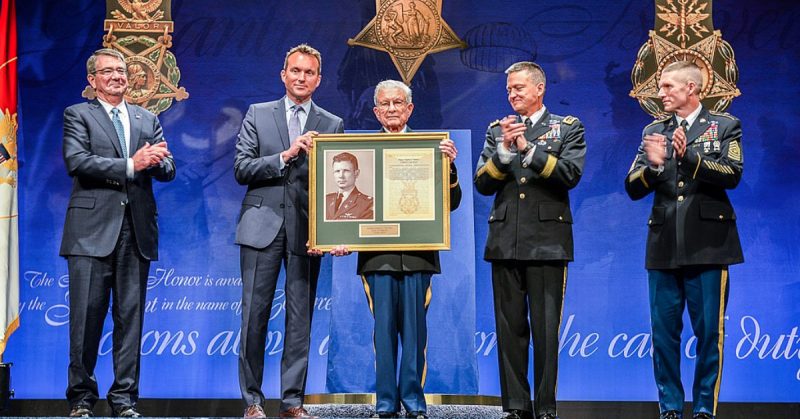He led a group of six helicopters into the fighting zone. The battle was still going on and the area was subject to heavy fire.
It could be said that war seems to bring out the best and worst of human nature. And among the atrocities, you can always find stories of those who put others first and risked their lives to help their comrades. Once such person was Lieutenant Colonel Charles Kettles.
Early Career
Kettles was born in Michigan, USA on January 9th, 1930. His father, Grant Kettles, had been an aviator who had seen action in both world wars. So, it was not much of a surprise that the younger Kettles would be drawn to a similar career. When he was 21, he was drafted into the Army.
After completing his basic training, Kettles attended Officer Candidate School and then served overseas. He decided not to opt for a full-time military career but instead went into business and set up a Ford dealership in Michigan. He did, however, remain a member of the Reserves.
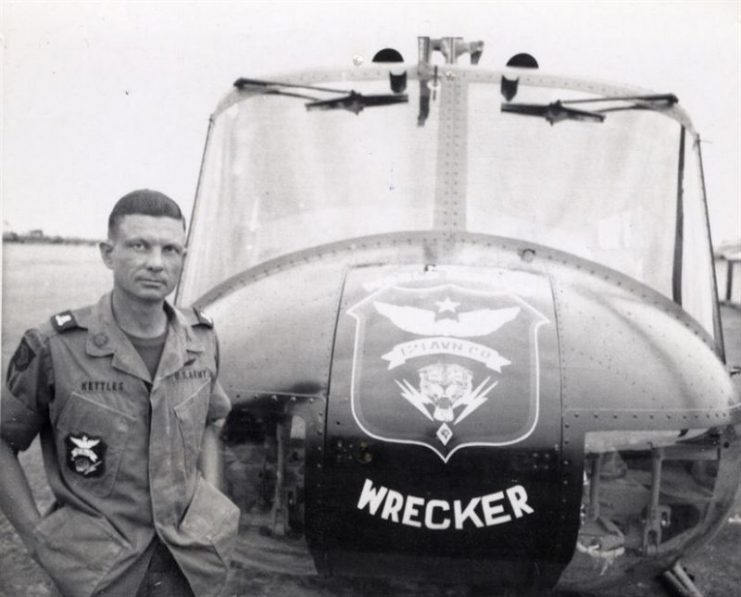
He returned to the armed forces in 1963. This time he volunteered for active duty in response to a call for more helicopter pilots to train and serve in Vietnam, where the war which had been going on since 1955 was escalating.
On completing his training, Kettles became a skilled helicopter pilot, learning to fly the UH 1H Iroquois – or “Huey” as it was known.
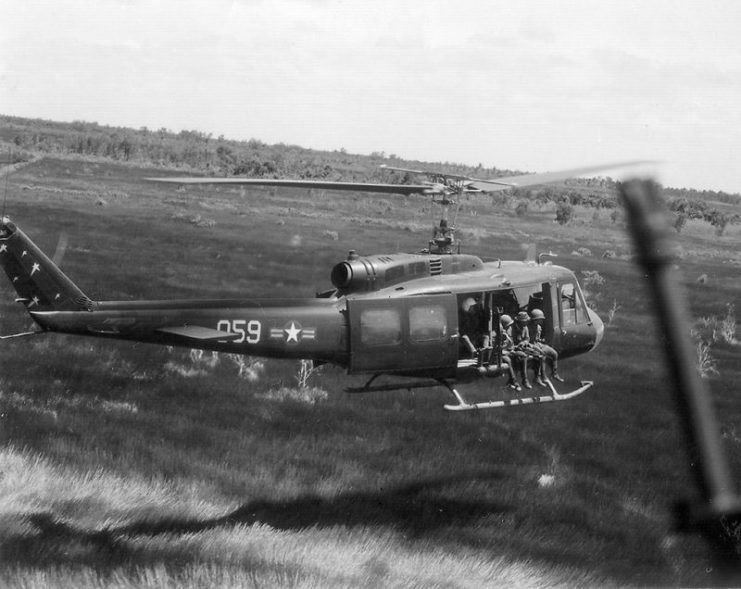
By 1966 Kettles had reached the position of flight commander with the 176th Assault Helicopter Company. With this company, he served in Vietnam from February to November 1967.
It was during this time that Kettles showed the bravery that would only many years later result in his receiving the Medal of Honor.
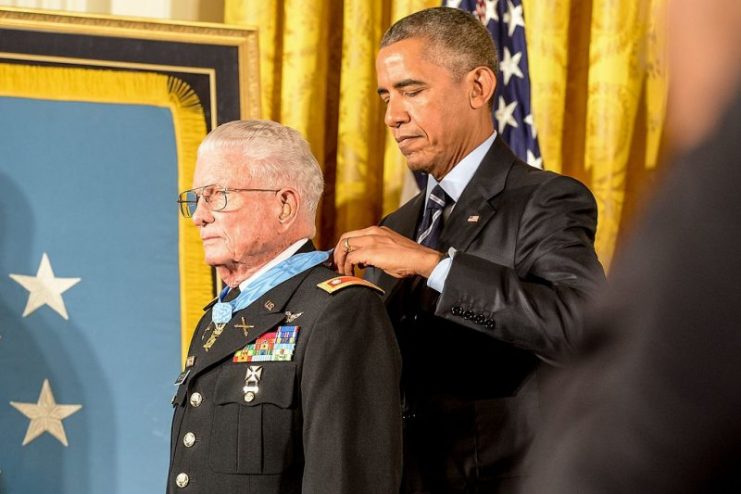
Rescue Mission
On May 15th, 1967, the 101st Airborne Division came under attack by North Vietnamese forces. Following an ambush near the Song Tra Cau River, many of the American soldiers were injured. Kettles was called upon to take supplies to them.
He led a group of six helicopters into the fighting zone. The battle was still going on and the area was subject to heavy fire. Other members of the team wanted to drop whatever they could as quickly as possible and get out.
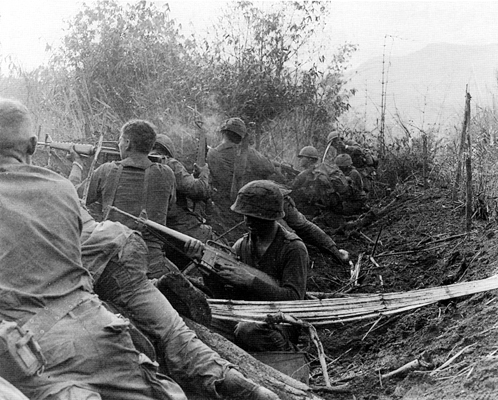
They suffered badly because of the enemy fire. Four of the helicopter pilots were injured and one lost his life before he even got out of his helicopter.
But Kettles wanted to finish the job they had started. Despite the danger all around him, he kept working until all the supplies had been unloaded. He also returned shortly afterwards with further provisions and reinforcements.
Kettles’ work for the day wasn’t finished yet. Next came a request to attempt to evacuate all the wounded soldiers from the scene of the battle. There were 40 soldiers, as well as four members of the helicopter team who had not been able to return to the base because of the damage done to their machines in the earlier flight.
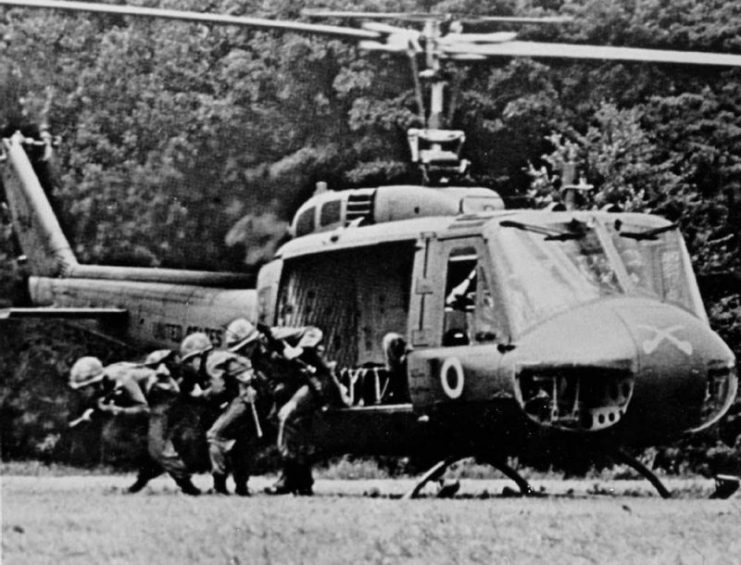
This time Kettles took command of a team of six rescue helicopters and went back to rescue the wounded men. They accomplished this all while flying through enemy fire. His Huey was hit and still, he managed to fly the helicopter back to the base.
The rest of the team had left in their gunships when Kettles then received the news that eight soldiers had not been able to make it to the helicopters during the previous evacuation. Kettles realized that he was the only one who could carry out the mission.
He must have known that as a sole flyer in enemy territory he would be more vulnerable than ever to enemy fire.
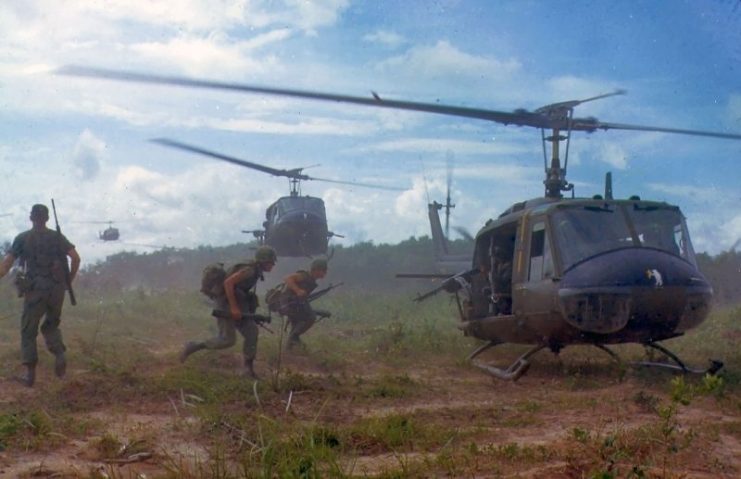
Without hesitation Kettles set off, for the fourth time that day. He was determined that every soldier would be rescued.
As he flew in, his Huey was hit by a mortar which caused serious damage to its tail, main rotor, and windshields. Yet somehow, he managed to keep going. Despite all the obstacles Kettles was able to pick up the remaining soldiers and take them back to the base.
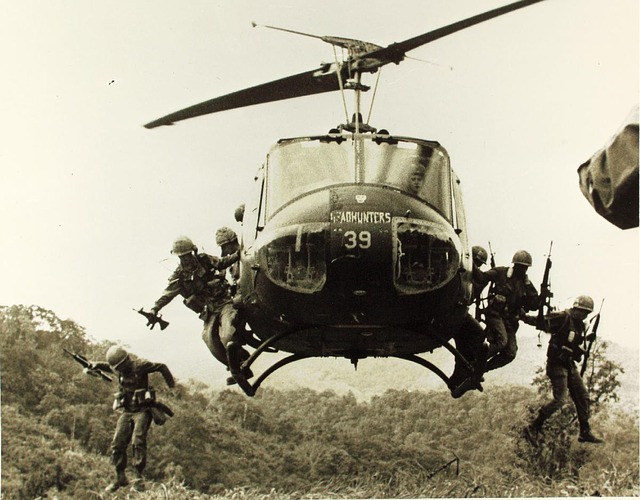
This was not only an act of exceptional bravery, but it also demonstrated his remarkable flying skills. It must have taken all his skills to keep the damaged helicopter under control and in the air under such difficult circumstances.
In 1968 he received the Distinguished Service Cross for his actions. This is the second highest military honor awarded for gallantry.
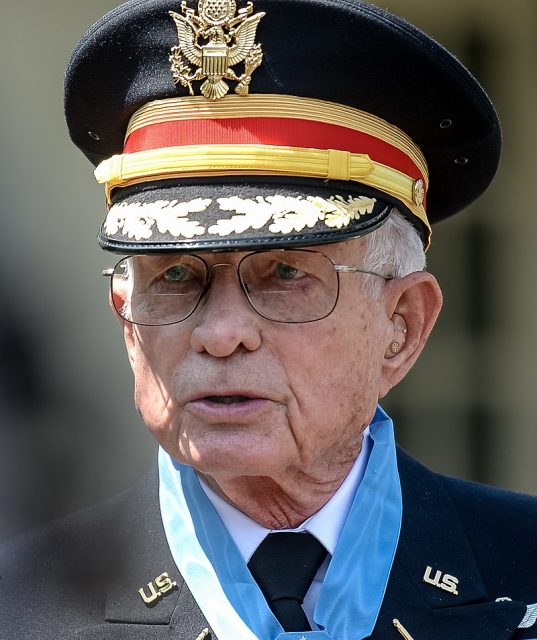
Kettles undertook a second tour of duty in Vietnam from 1969 to 1970. From 1970 to 1978 Kettles was at Fort Sam Houston, Texas where he was the aviation team chief supporting the Army Reserve.
He remained there until 1978 when he retired from the Army. After leaving the Army his interest in aviation continued, but only from the ground. He returned to college and studied commercial construction, and worked for a number of aviation companies as well as developing and teaching courses in aviation management and technology.
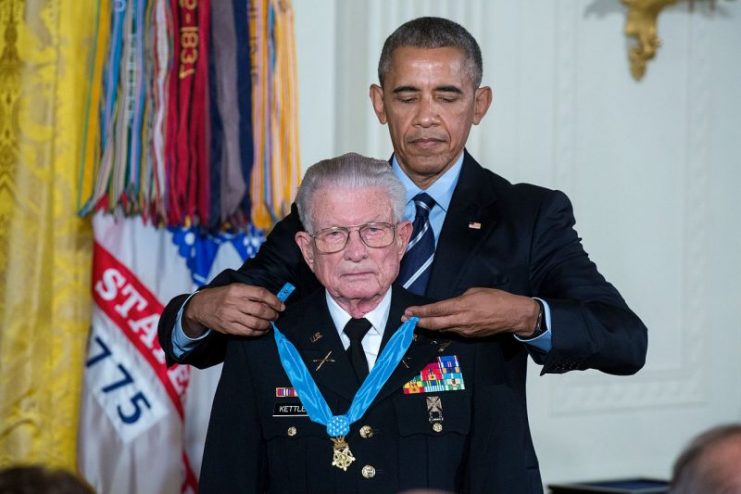
Late recognition
It was not until 2006 that the story of his bravery became more widely known. Now long since retired, Charles Kettles took part in a veterans’ history project. In the course of an interview, he told the story of the evacuation mission decades before.
The story got back to the Congressional Delegation of Michigan, which took up the cause of recognizing Kettles’ heroism with the Medal of Honor.
A special act of Congress was passed to overrule the normal time limitation on the award, and the Department of Defense put forward a recommendation that Kettles’ Distinguished Service Cross be upgraded to the Medal of Honor.
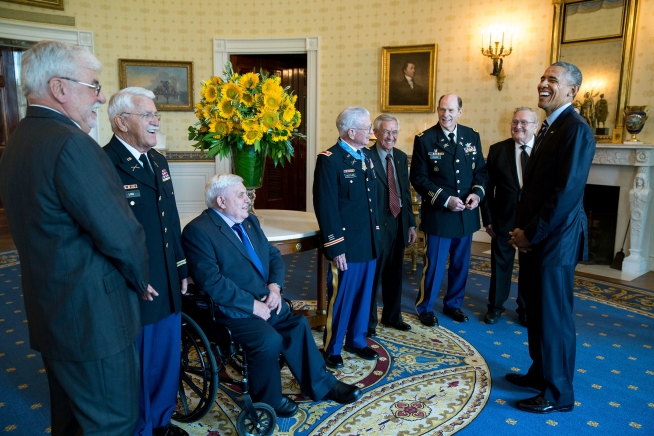
In 2016 Kettles attended a ceremony in which President Obama presented him with the Medal of Honor for “conspicuous gallantry and intrepidity at the risk of his life above and beyond the call of duty.”
Read another story from us: Heroic as Hell – The Dustoff Pilots of The Vietnam War
At the ceremony, Obama compared Kettles to John Wayne, but the retired pilot modestly acknowledged the support of his colleagues rather than take all the credit. He had also received many other honors previously, including the Legion of Merit and the Distinguished Flying Cross.
Lieutenant Colonel (retired) Kettles passed away earlier this year at the age of eighty-nine.
